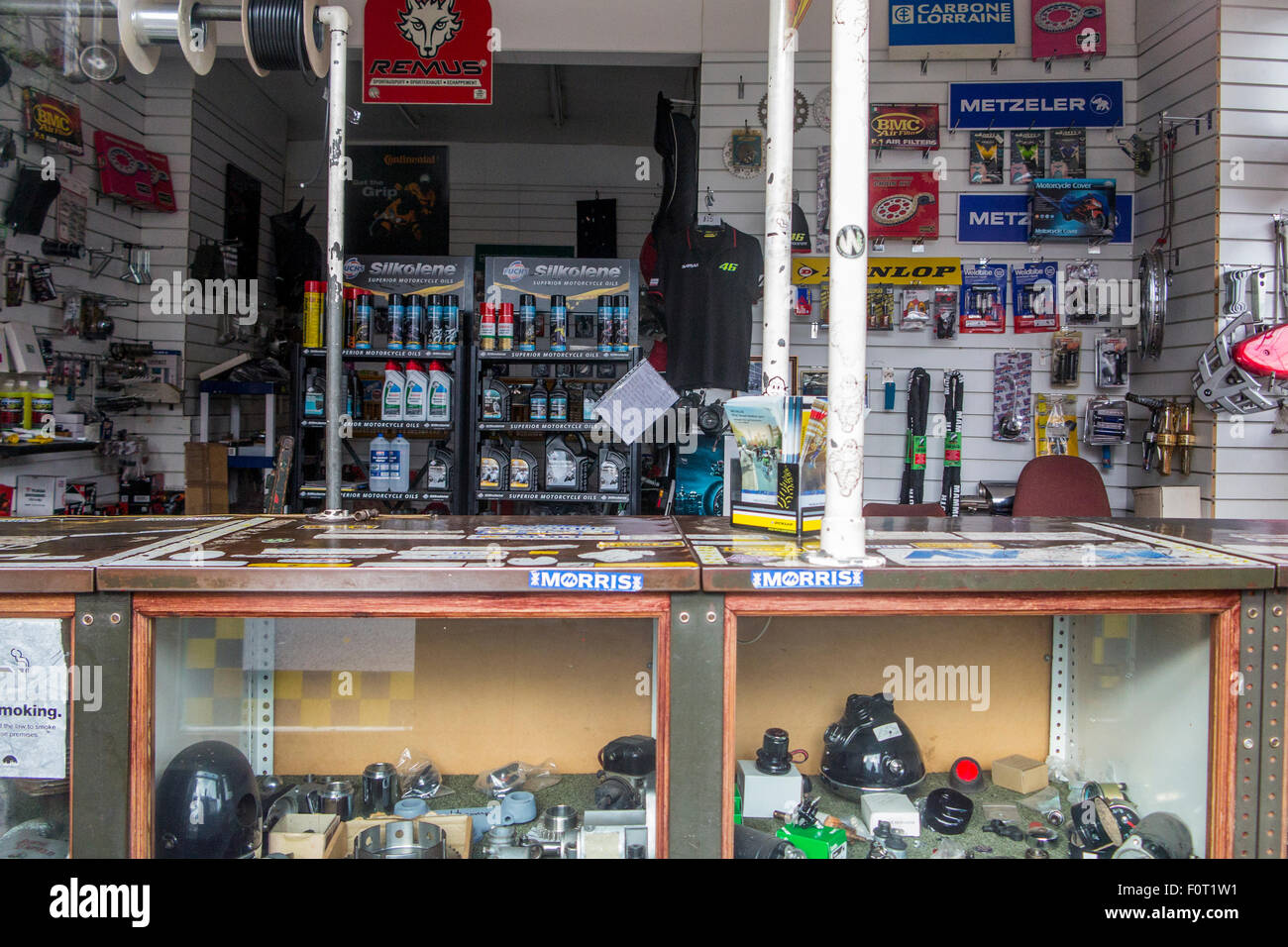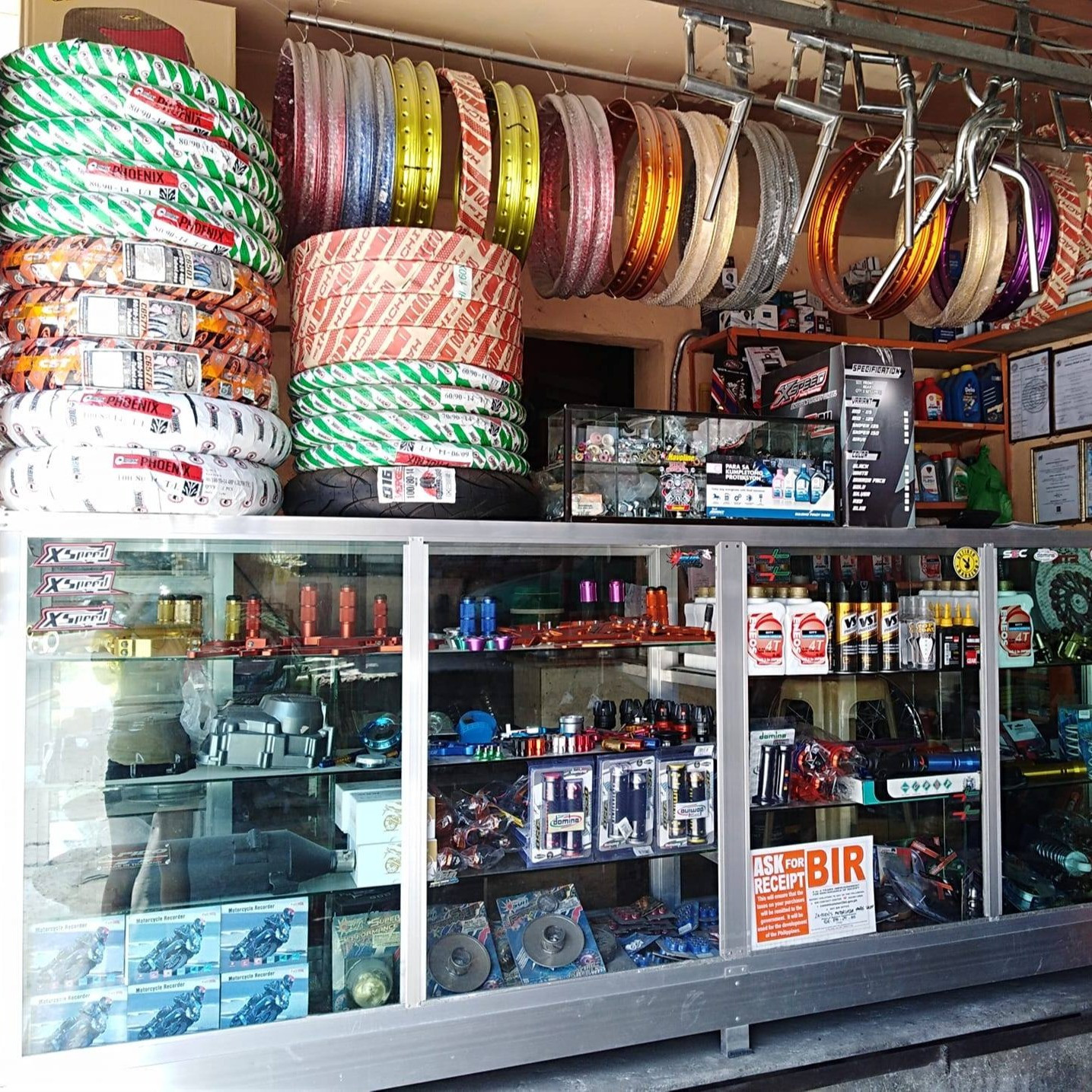Leading MX Gear NZ: Get Ready for Your Following Off-Road Adventure
Leading MX Gear NZ: Get Ready for Your Following Off-Road Adventure
Blog Article
Understanding the Crucial Parts of a Motorcycle: A Comprehensive Overview for Enthusiasts
For bike lovers looking to raise their riding experience and ensure their bikes run efficiently, comprehending the crucial parts of a motorbike is extremely important. Each aspect, from the engine's elaborate functions to the important role of the braking devices, not just affects performance yet likewise safety and convenience.
Engine Elements

The camshaft plays a vital function in controlling the timing of the engine's shutoffs, making sure the specific opening and closing necessary for efficient gas and air intake, as well as exhaust expulsion. This timing is vital to maintaining optimal engine performance and efficiency. Additionally, the carburetor or fuel shot system, depending upon the motorbike design, is accountable for blending air with gas in the right proportion for combustion.
The air conditioning system, either air or liquid-based, functions to keep the engine's temperature within operational limits, protecting against overheating and making sure longevity - motocross gear nz. Each element, diligently created and incorporated, adds to the seamless procedure of the engine, specifying the bike's power output and total performance
Transmission System
Integral to the motorbike's functionality, the transmission system ensures reliable power transfer from the engine to the wheels. This system comprises a number of important components, including the clutch, transmission, and last drive, each playing a vital duty in converting the engine's power right into motion. The clutch, usually run by a hand lever, serves to disengage the engine and engage from the transmission, permitting smooth equipment modifications and regulated acceleration.
The gearbox, often described as the transmission correct, contains a set of gears that motorcyclists can by hand shift via to adjust the bike's speed and torque outcome. These equipments are set up in a sequence that enables the motorbike to accelerate efficiently and keep optimum engine performance throughout different rates. Most motorbikes use a sequential transmission, calling for the rider to change gears in a predetermined order.
Braking Systems
While understanding the transmission system is key to utilizing a motorcycle's power, similarly essential is the capacity to control and stop that power efficiently, which is where braking mechanisms enter into play. Brakes are critical for safety and security and performance, supplying the cyclist with the essential control to browse numerous surfaces and problems. Generally, motorbikes include 2 kinds of braking systems: disc brakes and drum brakes.
Disc brakes are much more prevalent in modern-day motorbikes due to their superior efficiency. They contain a brake disc, caliper, and pads. When turned on, the caliper presses the brake pads against the rotating disc, transforming kinetic energy into warm, thus slowing the wheel. This system supplies better warm dissipation, consistent performance, and improved quiting power, particularly in damp problems.
On the other hand, drum brakes, though much less usual, are still discovered in some motorcycles. They function by pressing brake footwear versus the inner surface of a drum affixed to the wheel. While generally much less reliable in warmth dissipation and stopping power, drum brakes are simpler and extra economical.
Understanding these braking systems' nuances enables cyclists to keep their motorcycles properly and value the engineering that guarantees risk-free and efficient quiting.
Suspension and Steering
Suspension and steering systems are vital parts that considerably influence a motorcycle's handling and adventure comfort. The suspension system, containing forks at the front and shock absorbers at the rear, absorbs road irregularities, improving security and control. Front forks, usually telescopic or upside down, compress and rebound to reduce effects, while back shock absorbers keep tire contact with the roadway, essential for traction and safety and security.
Guiding, centered around the handlebars, find more connects the rider to the motorcycle's directional control. The steering head bearings make sure smooth procedure, permitting precise ability to move. Appropriate placement and maintenance of these bearings are crucial for predictable steering reaction and lowering motorcyclist fatigue.
The suspension's adjustability is another important element; preload, damping, and rebound settings enable modification to fit different riding designs and problems. This versatility is essential for maximizing performance, whether browsing metropolitan roads or tackling tough routes. Technologies like electronic suspension systems provide real-time changes, enhancing adventure high quality throughout diverse terrains.

Electric Solutions
After guaranteeing a regulated and smooth ride with efficient suspension and guiding systems, focus transforms to the electric systems, a pivotal facet of modern-day motorbikes. These systems play a crucial function not only in beginning the engine however likewise in powering various parts that boost the capability and security of the motorbike.
At the heart of a motorbike's electric system is the battery, which shops electric power needed for beginning the engine and powering supporting systems - mx gear nz. The alternator or generator, coupled with the rectifier-regulator, makes certain the battery remains charged while the bike functions, converting mechanical energy into electric power and keeping voltage degrees
The ignition system, one more essential element, is accountable for stiring up the air-fuel blend in the engine's cyndrical tubes. Modern motorcycles typically utilize a digital ignition system, supplying better effectiveness and dependability compared to traditional systems.
Lighting systems, consisting of fronts lights, tail lights, and signs, are additionally essential, making certain presence and security for the rider. Extra electronic components such as sensing units, control systems, and presents add to innovative functions like gas shot monitoring, anti-lock stopping systems (ABDOMINAL), and electronic control panels, better boosting the riding experience.
Verdict
An extensive comprehension of a bike's necessary components, including the engine, transmission system, braking mechanisms, suspension, steering, and electric systems, is indispensable for lovers aiming to optimize comfort, security, and efficiency. Proficiency of these elements permits for notified choices check my reference pertaining to upkeep and upgrades, inevitably improving the riding experience. By incorporating this expertise, riders can ensure their bikes operate at peak effectiveness and dependability, consequently maximizing both enjoyment and durability of their cars.
For motorcycle fanatics looking to elevate their riding experience and guarantee their bikes run efficiently, recognizing the important elements of a bike is critical.Essential to the motorcycle's functionality, the transmission system makes sure efficient power transfer from the engine to the wheels.While comprehending the transmission system is key to utilizing a motorcycle's power, similarly important is the ability to control and stop that power properly, which visit the website is where stopping systems come into play. Usually, bikes include two types of braking systems: disc brakes and drum brakes.
An extensive understanding of a bike's necessary elements, including the engine, transmission system, braking mechanisms, suspension, guiding, and electric systems, is important for enthusiasts aiming to optimize security, convenience, and performance.
Report this page